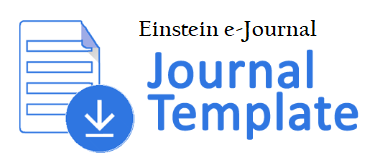NUMERICAL ANALYSIS OF CONCRETE-FLY ASH AND CONCRETE-OPC IN MULTI- STOREY BUILDINGS DURING EARTHQUAKES
DOI:
https://doi.org/10.24114/eins.v13i1.48769Keywords:
Gempa bumi, ordinary portland cement, fly ash, metode beda hingga, pola goyangan, perpindahan, gaya geserAbstract
OPC-concrete is the most commonly used type of concrete. The production of OPC produces CO2 emissions, which is one of the main causes of climate change and global warming. A recent innovation used as a high-strength concrete admixture is fly ash. Earthquakes pose a serious threat to the safety and stability of high-rise buildings. This study uses a finite difference method computational approach to analyze the seismic behavior of multi-storey buildings using fly ash concrete and opc concrete by utilizing data on stiffness, mass, damping, and earthquake acceleration. Based on the simulation results, the mode shape graphs of fly ash concrete and opc concrete are similar but the vibration frequencies of both are different, where the frequency of fly ash concrete is higher than the frequency of opc concrete. The displacements of the buildings with fly ash concrete and opc concrete still meet the applicable deviation allowance, where the maximum displacements of the buildings are 0.00308 m and 0.00342 m, respectively, while the maximum shear force of both buildings occurs on the first floor, which is 5967.59 N and 5104.78 N, respectively.Downloads
Published
How to Cite
Issue
Section
License
Copyright (c) 2025 EINSTEIN (e-Journal)

This work is licensed under a Creative Commons Attribution-NonCommercial 4.0 International License.
Authors who publish with this journal agree to the following terms:
- Authors retain copyright and grant the journal right of first publication with the work simultaneously licensed under a Creative Commons Attribution-Non Commercial 4.0 License (CC BY-NC) that allows others to share the work with an acknowledgement of the work's authorship and initial publication in this journal for non commercial purposes.
- Authors are able to enter into separate, additional contractual arrangements for the non-exclusive distribution of the journal's published version of the work (e.g., post it to an institutional repository or publish it in a book), with an acknowledgement of its initial publication in this journal.



